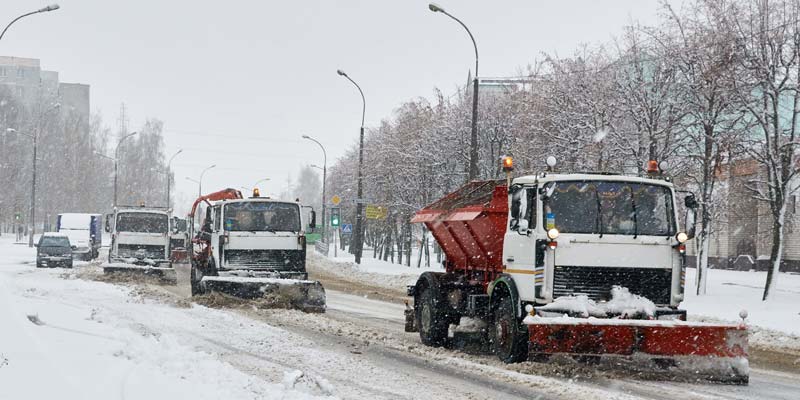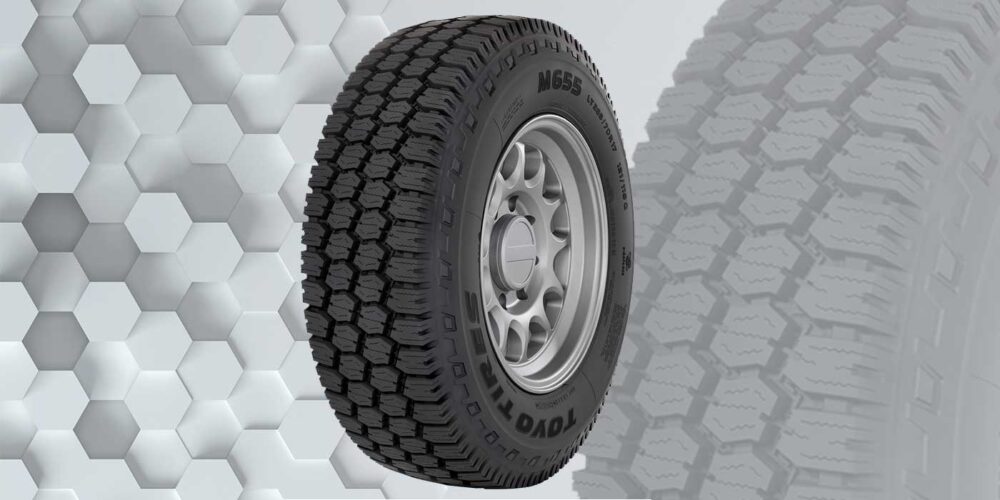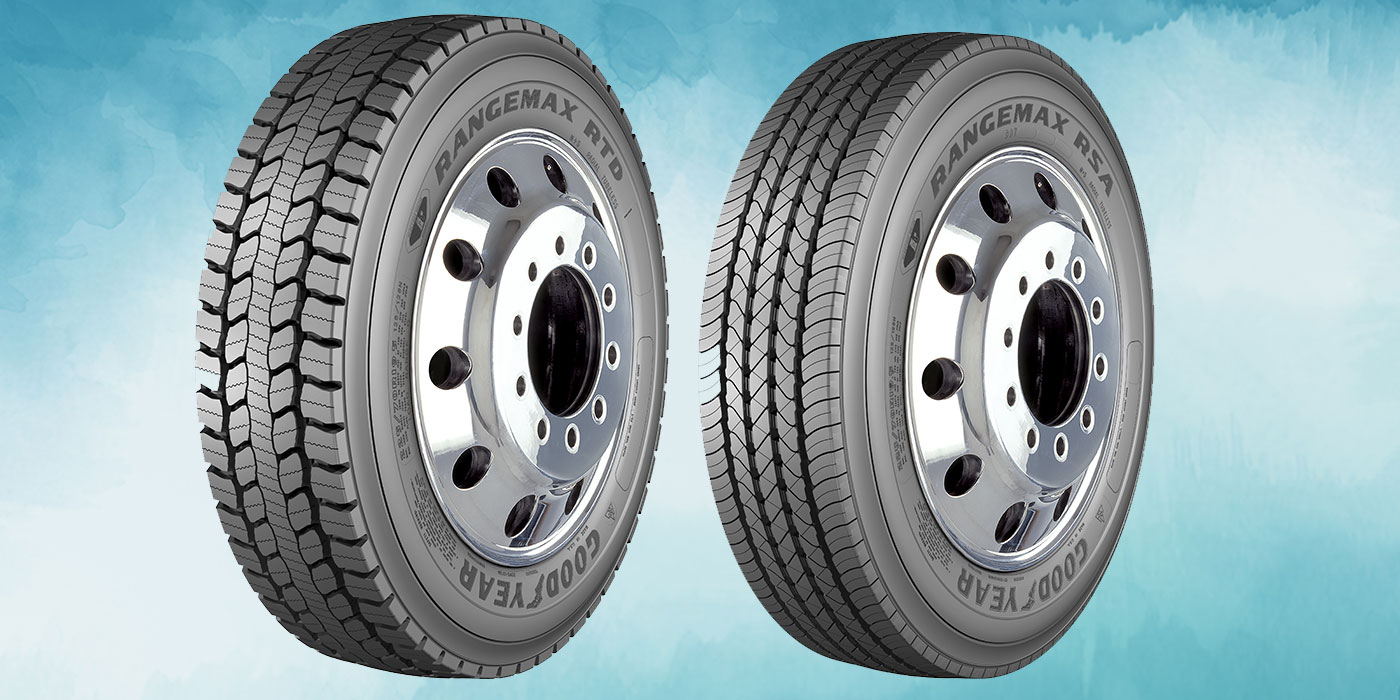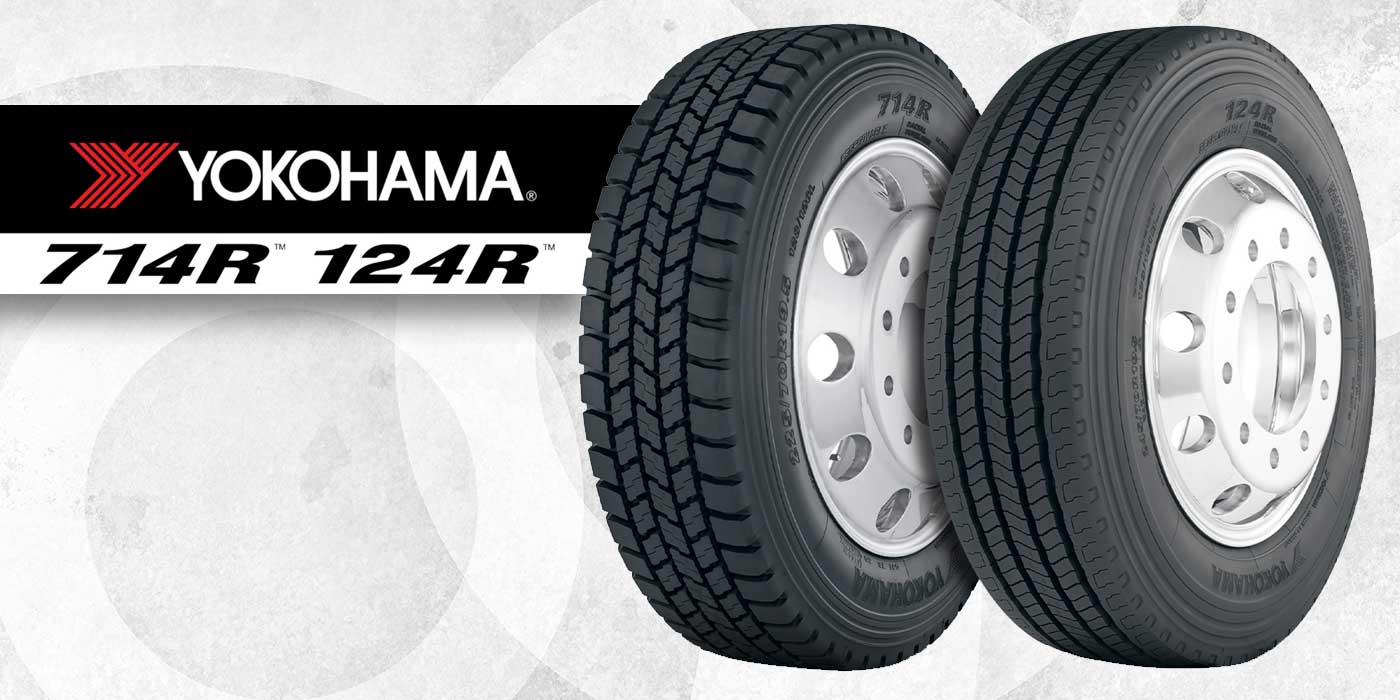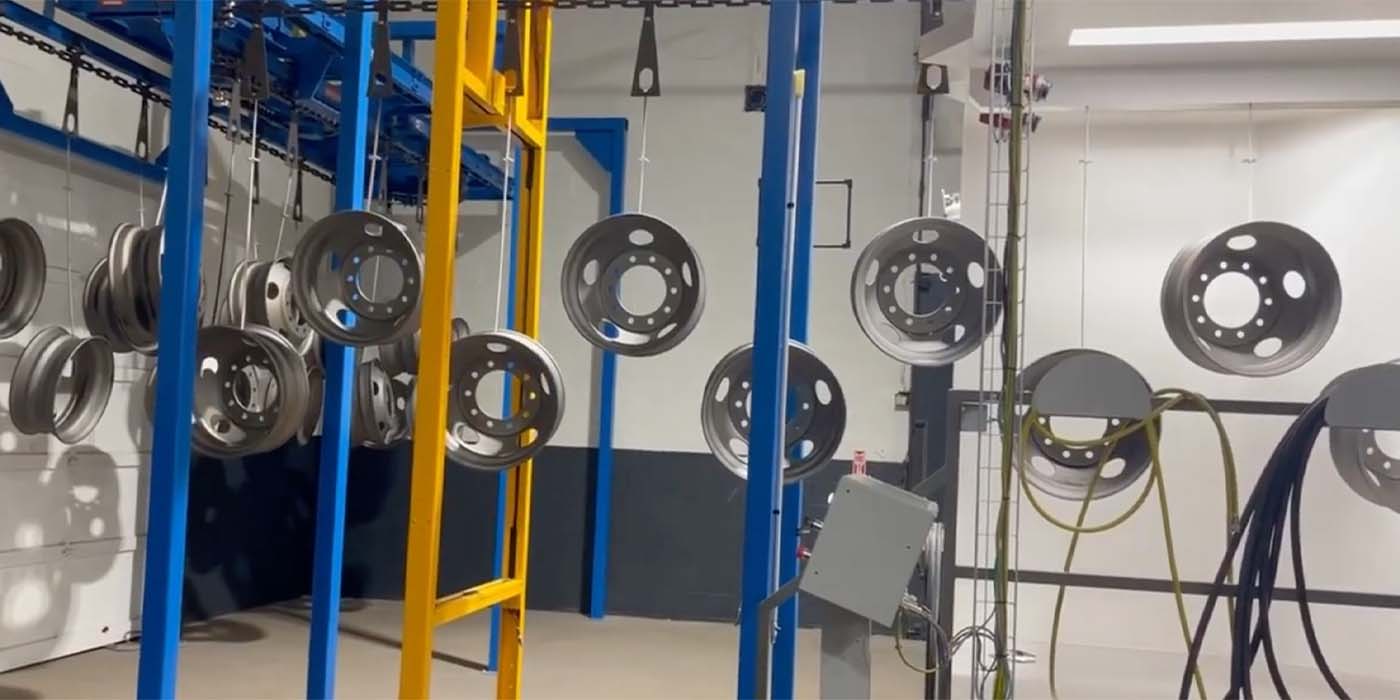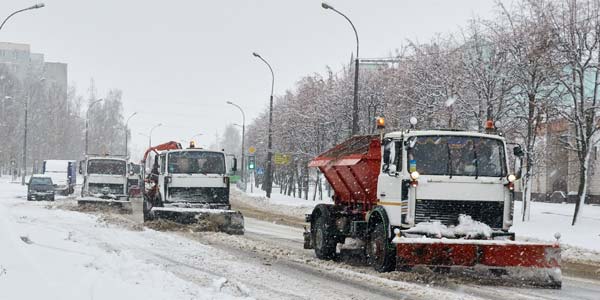
This year’s winter season is steadily approaching, and now is the time for medium-duty fleet managers to start thinking about their choice of tire for when the rain, sleet and snow starts to pelt the pavement.
According to Matt Schnedler, product manager of truck and bus radial (TBR) for the U.S. and Canada at Bridgestone Americas Tire Operations (BATO), winter can be one of the most challenging times for drivers when it comes to tires.
“Changes in the ambient temperature can impact tire inflation pressure, with decreased temperatures often resulting in tire underinflation,” he says. “Variations in traction on icy roads also can affect treadwear over time. Preparation is critical to avoid unplanned downtime during the winter hauling season, and this includes proper tire selection.”
He adds fleets that use winter tires typically replace the full set each fall before severe winter weather conditions begin. This will allow the fleet to operate tires with maximum tread depth and traction throughout the winter hauling season.
Selling winter tires to some commercial customers poses a unique challenge, says John Reynolds, rentals manager of aftermarket at Camso, because unlike the passenger/light truck world, where in many states and provinces there are rules that mandate snow tire use on vehicles, there are no regulations mandating that construction vehicles should be equipped with winter tires.
In the northern part of the country, where severe winter weather creates challenging driving conditions, fleets quite often change their tires in late fall, creating the opportunity to start the winter season with fresh, new, full-tread depth winter tires. Expecting a full year’s-plus use out of their tires’ original tread or retreads, fleets will often use the take-offs on the trailer axles to achieve full benefit from the useable tread.
Charles Luther, Triangle Tire USA
“Consequently, one of the challenges we have as a tire manufacturer is to demonstrate the value of installing winter tires on these machines,” Reynolds says. “What will the benefits to the end user/fleet manager be? Are the tires good enough in warm weather so that they can be used year-round? Or do they need to equip machines with winter and summer tires? These are the kinds of questions that will need to be addressed when talking to customers.”
Charles Luther, northeast sales manager for Triangle Tire USA, says safety is the name of the game when it comes to winter tires. He recommends having fleet managers consider equipping any medium-duty truck used in regional applications with a full set of aggressive winter tires in late fall. This is especially important for vehicles that spend a lot of time on inner-city roads – like refuse pickup, snow plowing, delivery companies and tow truck operations – as these vocations are typically in service through the night when inclement weather can create more demanding driving conditions.
Luther stresses that while many fleets understand the benefits of a good set of winter tires, the steering axle is sometimes overlooked. This is a mistake, he says.
“Winter tire use on the steering axle adds to the traction and control of the front end of the vehicle, especially when used for short hauls in tight or twisting turns,” Luther explains. “Equipping medium-duty trucks used in regional applications at all wheel positions with winter tires, including the steering axle, provides for the best traction in all wheel positions.
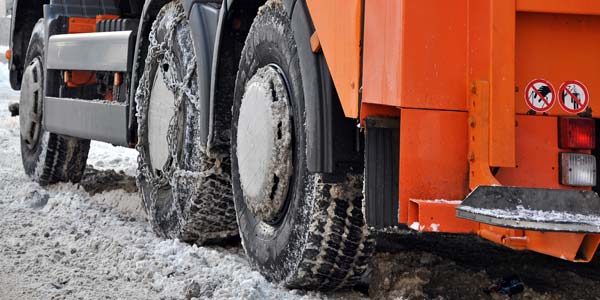
“Especially in short haul or continuous city or urban use, winter tires add superior front-end control in snow or slush conditions,” he continues. “The traction and control of the steering axle of the truck is of paramount importance. Unfortunately, quite often aggressive winter tires are an afterthought for many regional or urban fleets.”
BATO’s Schnedler says over-the-road fleets should practice proactive maintenance during winter, as to receive the most benefit from fitting their equipment with tires designed for wet and winter performance.
“Over-the-road fleets in particular can experience a significant impact on daily operations from the effects of ice and snow on pavement. Bridgestone recommends checking tire inflation pressure before each haul and monitoring truck alignment and balancing. Salt, dirt, ice and snow often get caught in the wheels, rims and hubs of a truck during the winter season. This can cause a false imbalance diagnosis, where drivers detect a vibration and feel off-center while operating a vehicle,” Schnedler says. “Commercial truck drivers and fleet managers should regularly wash equipment with warm water to ensure assets are clean and not weighed down by winter debris. They should also review their routes, know the seasonality of the region they operate in and address any requirements for winter tires before heading out on the haul.”
Being proactive and strategic about tire selection is one step in ensuring fleets are ready for the winter season, avoiding costly downtime and getting the most out of their tire assets.
Matt Schnedler, BATO
The manufacturing process for commercial winter tires is basically the same as the process for consumer winter tires, Luther says, as both are dependent on demand and weather cycles in any particular area of the country.
“Obviously, for both consumer and commercial, manufacturers strive to deliver new inventory from their factories; therefore, it becomes an exercise in forecasting and being able to deliver when demand requires the product,” Luther adds.
The newest technological aspect of today’s winter truck tires can be found in the design of the tires themselves. Originally discovered from manufacturing consumer winter tires, Luther says it has been determined that the use of siping – the small slits cut across a tire’s tread block – in the entire tread face adds a higher degree of traction than non-siped tires. Because of this, sipes have increasingly been adopted for use in commercial winter tires.
Siping also helps to reduce rolling resistance, which helps the tire run cooler and increases fuel efficiency compared to non-siped tires, Camso’s Reynolds says.
“Most construction equipment owners and users already have some knowledge about commercial truck tires and how effective tread siping is for these tires. The same applies to winter tires for construction equipment,” Reynolds says.
Many [fleet managers] are still not aware there are more than one or two options available for winter tires on their construction equipment. That’s where your preferred tire dealers come into play.
John Reynolds, Camso
Another recent advancement adopted for winter truck tires from the consumer world are studs. According to Luther, there are retread brands that have pre-pinned tread rubber to help produce traction in winter-driving situations. In addition, some dealers will drill new tires and pin them with studs at the request of the fleet manager.
“If, in fact, there are new tires manufactured pre-pinned for studs, it most likely would be in 16-in., 17.5-in. or 19.5-in. rim diameters used mainly in commercial truck Classes 4, 5 and 6,” Luther explains.
For fleet managers on the fence about whether to integrate winter tires onto their trucks, Luther recommends keeping application and location in the front of their minds.
“Certainly Class 4, 5 and 6, local medium-duty commercial trucks will be more apt to use winter tires,” he says. “Local inner-city delivery companies will often consider the use of an aggressive winter tire, especially in the snow belt or northern part of the country.”

